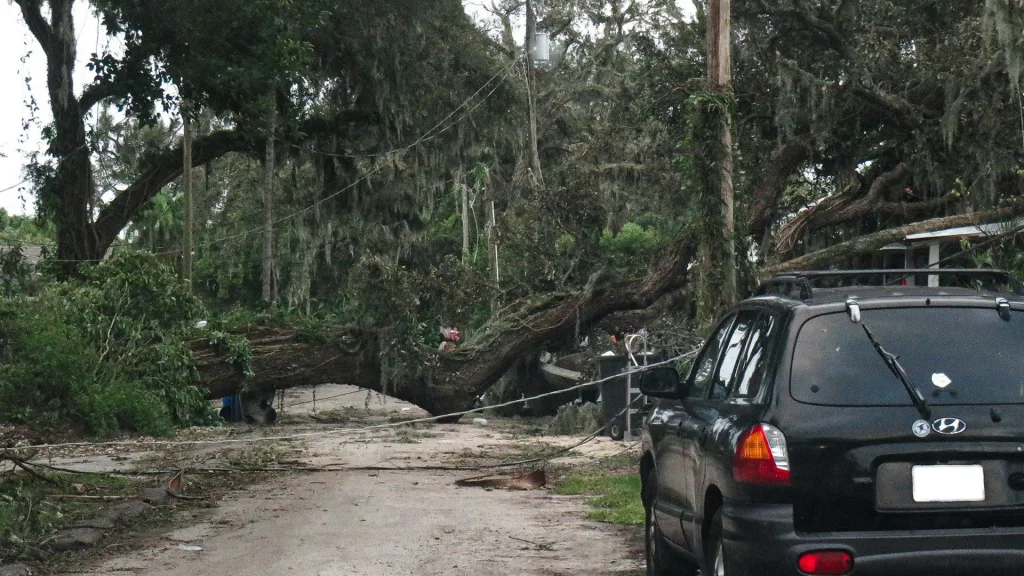WASHINGTON, D.C. — The National Oceanic and Atmospheric Administration (NOAA) has announced it will no longer update its Billion-Dollar Weather and Climate Disasters product, ending a long-running record of documenting the nation’s most costly climate events. The final report released by NOAA’s National Centers for Environmental Information (NCEI) confirms that 2024 ranked among the most expensive years for U.S. weather-related disasters, totaling $182.7 billion in damages.
Since the program began in 1980, the U.S. has experienced 403 weather and climate disasters surpassing $1 billion in damages each—adjusted for inflation—amounting to a cumulative total exceeding $2.9 trillion.
In 2024 alone, the U.S. experienced 27 billion-dollar disasters, including:
- 17 severe storm events,
- 5 tropical cyclones (including Hurricanes Beryl, Debby, Francine, Helene, and Milton),
- 2 winter storms,
- 1 wildfire,
- 1 flood in the Upper Midwest,
- and a multi-region drought and heatwave.
The 2024 total far exceeded the long-term average of nine events per year and aligned more closely with the recent five-year average of 23 annual billion-dollar disasters. NOAA noted the increasing trend in frequency and cost is attributed to rising vulnerability and exposure—particularly in coastal regions, urban-wildland interfaces, and flood-prone areas—alongside some changes in climate patterns.
NOAA emphasized that all historical data from 1980 through 2024 will remain publicly accessible and archived on the NCEI website, allowing continued research and reference.
The discontinuation comes amid internal restructuring, shifting priorities, and staffing changes at NOAA. Comments regarding the decision can be submitted via the NESDIS Notice of Changes website.
While the formal tracking ends, NOAA reiterated the importance of understanding disaster costs, emphasizing that rising losses stem from both increased hazards and societal exposure. The agency’s peer-reviewed research found their estimates may still underreport losses by 10–15%, due to data limitations and the exclusion of indirect costs such as healthcare, environmental degradation, and mental health impacts.
For more information and access to archived reports, visit: https://www.ncei.noaa.gov/access/billions/.





